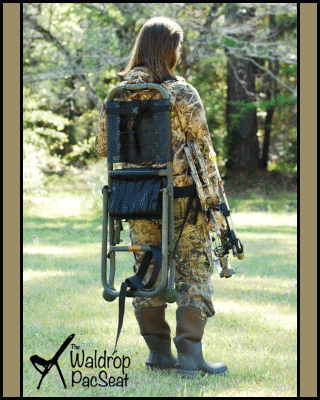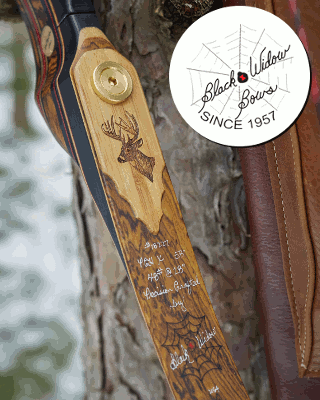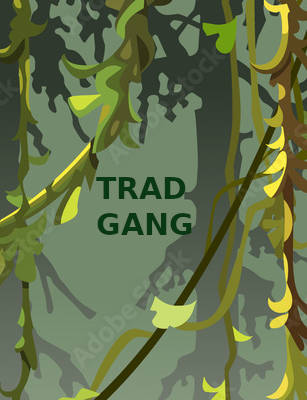Don, you are dead on the money. I used to work on autoclaves, sterilizers that sterilized surgical instruments with steam.
Several cycles of pressure, then vacuum, then pressure, got the steam deep in the pack of instruments where it needs to be.
It is hard for the common knife maker (US) to use alternating pressure and vacuum.
So, choosing between pressure and vacuum, which would you choose?
The final cycle in the autoclave is long period of pressure, that is why I believe that is best.
Good post, and my answer may not be all correct. Dan




















